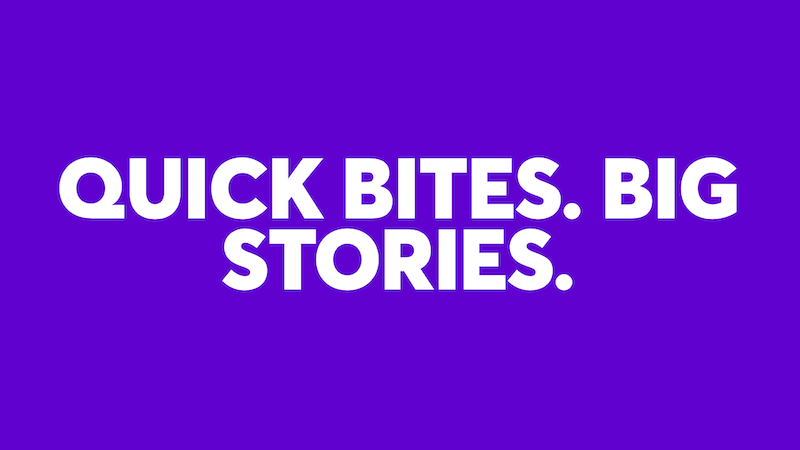Actually, Quibi wanted to change mobile streaming in a sustainable way. But now the video service ceased operation after only six months – even though it had started with investments worth billions. What went wrong? A retrospective analysis of the possible causes.
Big mouth, nothing behind it? The US streaming company Quibi actually wanted to bring together Hollywood and new technologies from Silicon Valley to revolutionize mobile streaming for smartphone users.
The two founders Jeffrey Katzenberg and Meg Whitman had also created excellent conditions for this. Katzenberg used to run Disney Studios and Whitman made Ebay a success. With their combined expertise and a starting capital of 1.75 billion US dollars, all doors were open to the two.
Quibi wanted to deliver professional short videos for smartphone users
The exact concept was as follows: Quibi wanted to deliver exclusive and professionally produced short videos and thus stand out from streaming giants like Netflix and Amazon Prime. Katzenberg and Whitman wanted to conquer the small screens with five to ten minute clips.
But according to Katzenberg, the Corona crisis already put a damper on the founders’ plans in May 2020. He told the New York Times back then that people would now spend less time with their smartphones because they were spending more time at home due to political constraints.
Quibi had started with 1.75 billion US dollars and around 50 in-house productions
Prominent investors like Disney, NBC Universal and Warner Media had invested a total of 1.75 billion US dollars in the video service. According to the Wall Street Journal, 350 million of this amount is still left, which Quibi now wants to pay back to the investors.
Possibly the failure of the company was pre-programmed even without the Corona crisis. Katzenberg and Whitman had not originally planned a concept to transfer their short videos from the smartphone to the television.
Quibi entered the streaming business at the beginning of March with around 50 in-house productions. But it was not until June 2020 that it was possible to use the video service via Google Chromecast and Apple TV.
This meant that the service offered customers no chance to enjoy the series fun on the go at home. And that’s where most users stream – short videos back and forth.
No competition for Netflix and Co.
Quibi could not impress the established streaming giants. Netflix, Amazon Prime and the comparatively newly launched Disney Plus, Katzenberg and Whitman couldn’t get past their service.
And this despite the fact that numerous Hollywood stars like Zac Efron, Dwayne Johnson, Christopher Waltz and Sophie Turner played in many of their own productions. Her charisma, for example, did not achieve any noteworthy effect in the action series “Most Dangerous Game”.
As the Wall Street Journal reports, Quibi now wants to license its content to other platforms.
The price for Quibi was too high
But Quibi did not only have to prevail against paid streaming place stags like Netflix. Especially in the area of short videos, YouTube and Tik Tok are currently probably the most popular platforms – and in contrast to Quibi, they are also available free of charge.
The video service, on the other hand, charged five US dollars per month with commercial breaks and eight US dollars per month for an ad-free experience.
For comparison: In Germany, the Netflix library contains about 4,330 titles. A basic subscription costs 9.50 US dollars or 7.99 euros per month. The price-performance ratio of the two services thus separates worlds.
And Disney Plus also offers a subscription in this country for 6.99 euros per month or 69.99 euros per year. In return, users receive access to numerous classics and films from Disney, Pixar, Marvel, Star Wars and National Geographic.










